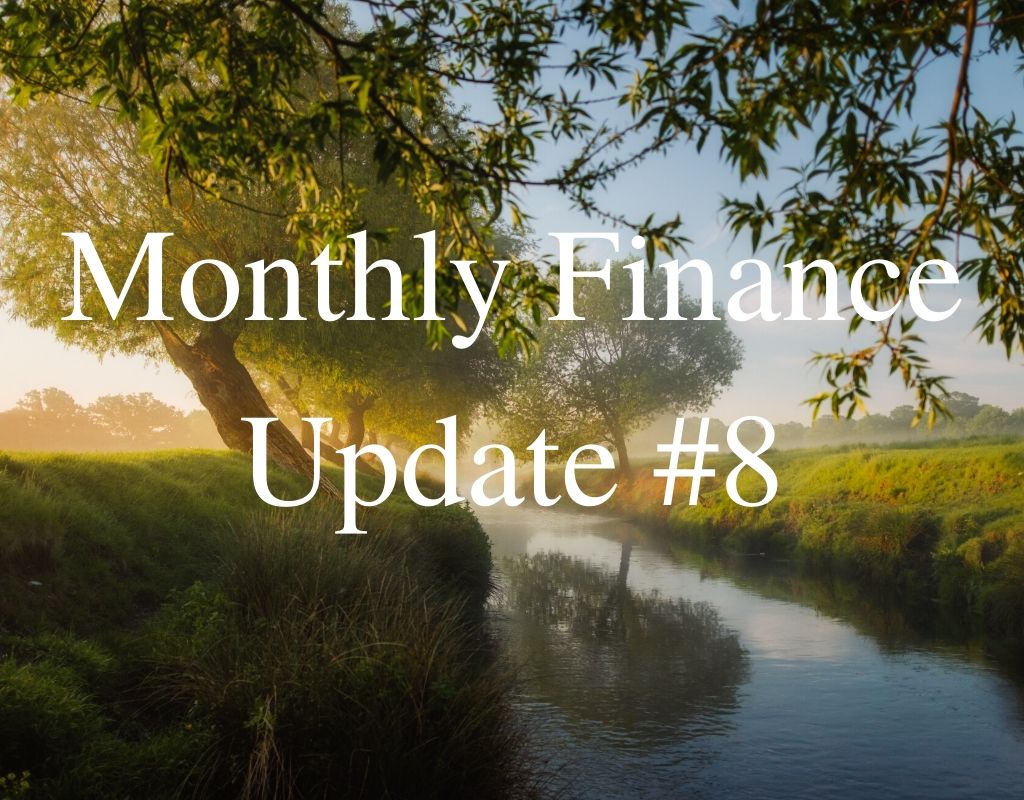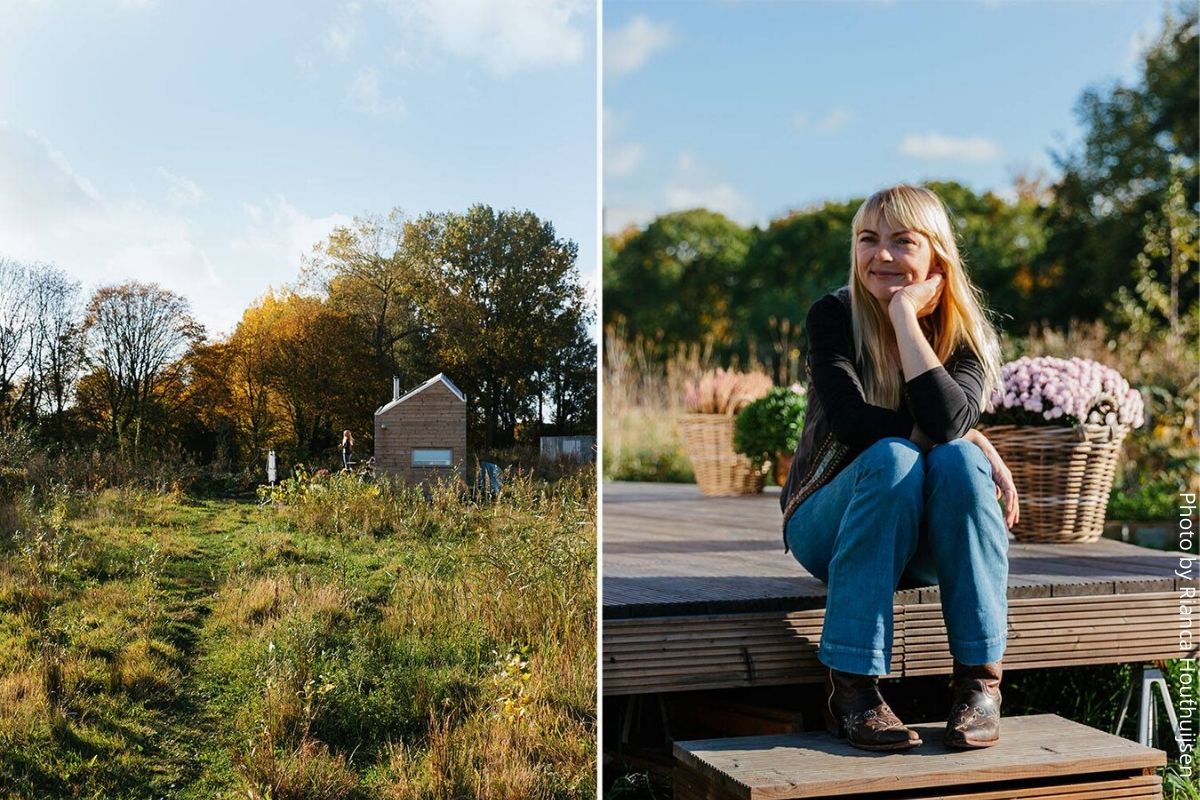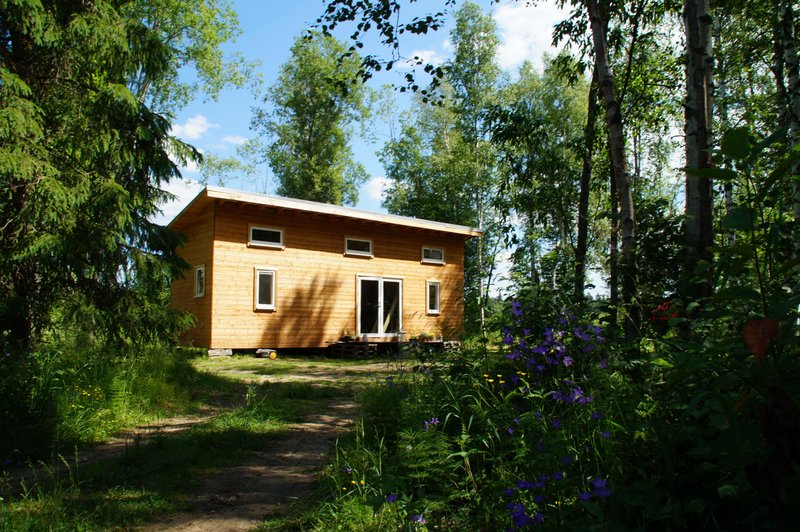
Meet ‘n’ Greet #3 – People in Tiny Houses in Europe
Tiny house, UK – What’s the current situation with tiny homes?
Next up in the Meet ‘n’ Greet interview series is:
Pamela Polongue, the writer of Tiny living UK Magazine.
Pamela is living in London, UK and has a goal to inspire others to see the value of experiences rather than material possessions.
Love it!
What is Tiny Living UK magazine?
‘Tiny Living Magazine UK’ is an uplifting magazine, inspiring individuals to enjoy a life based on meaningful experiences and passion.
Because home is not about the space that you have, but the joy that you create within its walls.
We frequently feature artists, musicians, writers, and other creatives, featuring their work, and relating their stories, while taking a look at their small-space dwellings and lifestyle. All of our homes are a part of the community, which in a much larger sense, includes the world of individuals and creatures far beyond our front door.
Each issue contains information on how we can help the natural world around us, whether it’s planting small containers of wildflowers to help support solitary bees or feeding birds in the leaner days of winter.
Home is a place of the heart and one of the most emotionally powerful words in the English language. We strive to challenge conventional concepts of it, and the individuality of its meaning.
We just passed having over 100,000 visits to our magazine website since it’s launch in April 2018. (The first year there were only 20,000) I think this shows that there is a growing interest in living well with less.
Be sure to check out the Instagram : Tiny Living UK Magazine

Pamela, Tiny Living UK Magazine
How do you live yourself being the writer of Tiny Living UK Magazine?
I live pretty simply. I have a small apartment where the kitchen, my dining/work area, and sleeping space are all in one room.
I’ve found that having multiple uses for furniture really helps. For example, my bed is a daybed which doubles as both a sofa and a bed. My bistro table and chairs are both for dining and my workspace.
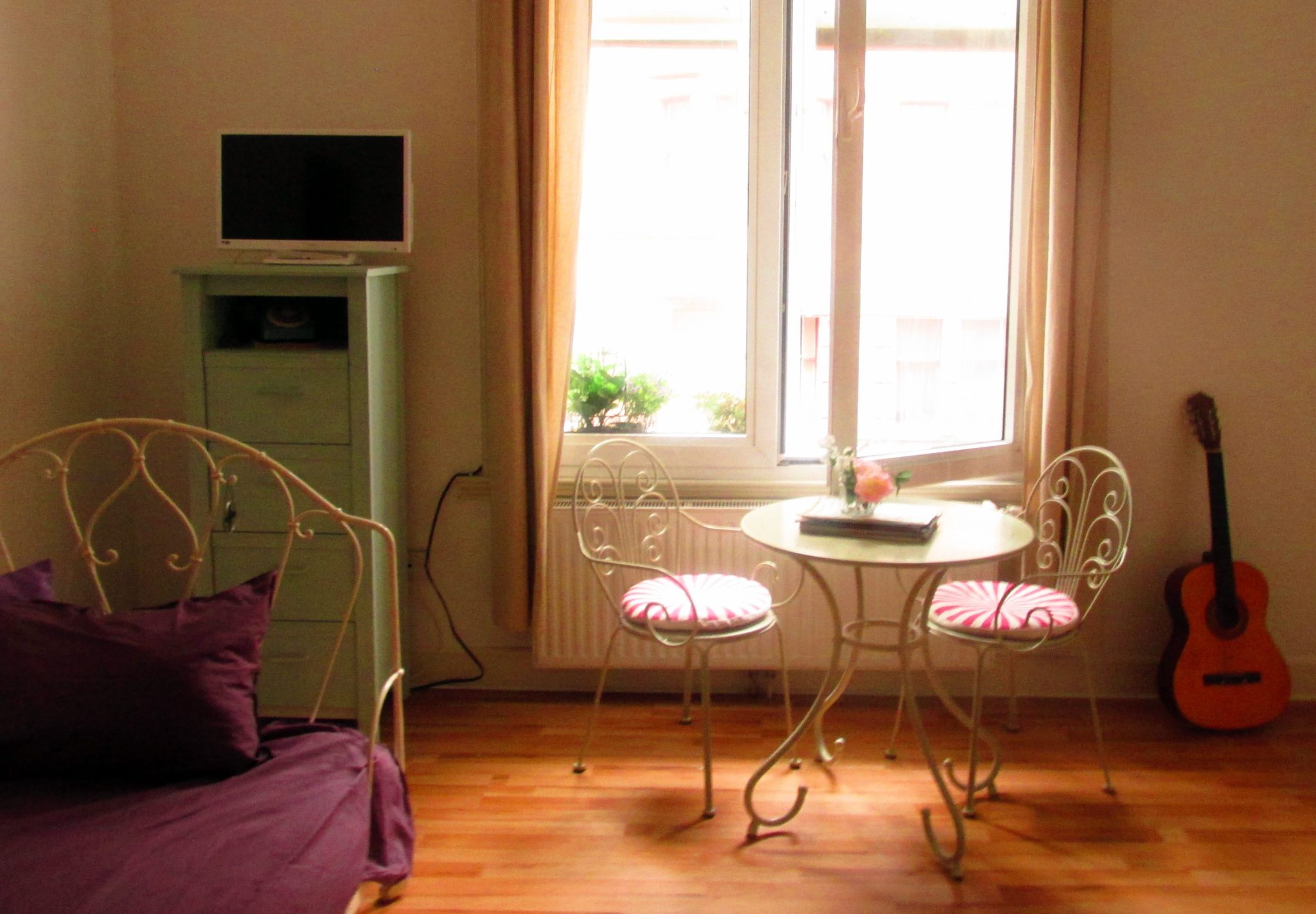
How does England, UK, in general, compare to other countries regarding the regulation of Tiny Houses?
Planning permission is quite restrictive, but there are possibilities for those who want to live tiny. For example, a tiny house on wheels is treated as a caravan which means they do not fall under the usual planning restrictions.
Another good option is to find an older home and renovate it, rather than building from the ground up. Many older homes are much smaller since it’s only in recent decades that people have begun to see expansive homes as a necessity, rather than a luxury.
If you’re willing to renovate one of these gems, you generally do not need planning permission unless you expand the footprint of the home.
Each local council dictates planning requirements, so it’s essential to check with them before making any decisions.
Your first Tiny Living UK Magazine was published in April 2018. Has the UK responded well to the Magazine?
When the magazine first started, I had to explain what a tiny house was!
Now, thanks to programs such as ‘Tiny House Nation’, people are much more familiar.
People of all ages seem to be interested in living smaller, as university students are interested in something affordable, and older people with grown children find they don’t need as much space, and they would prefer to travel more.
Still, others are concerned about the natural world, and small spaces are much easier to heat and cool, making solar energy and wind a more viable option and better for the planet.
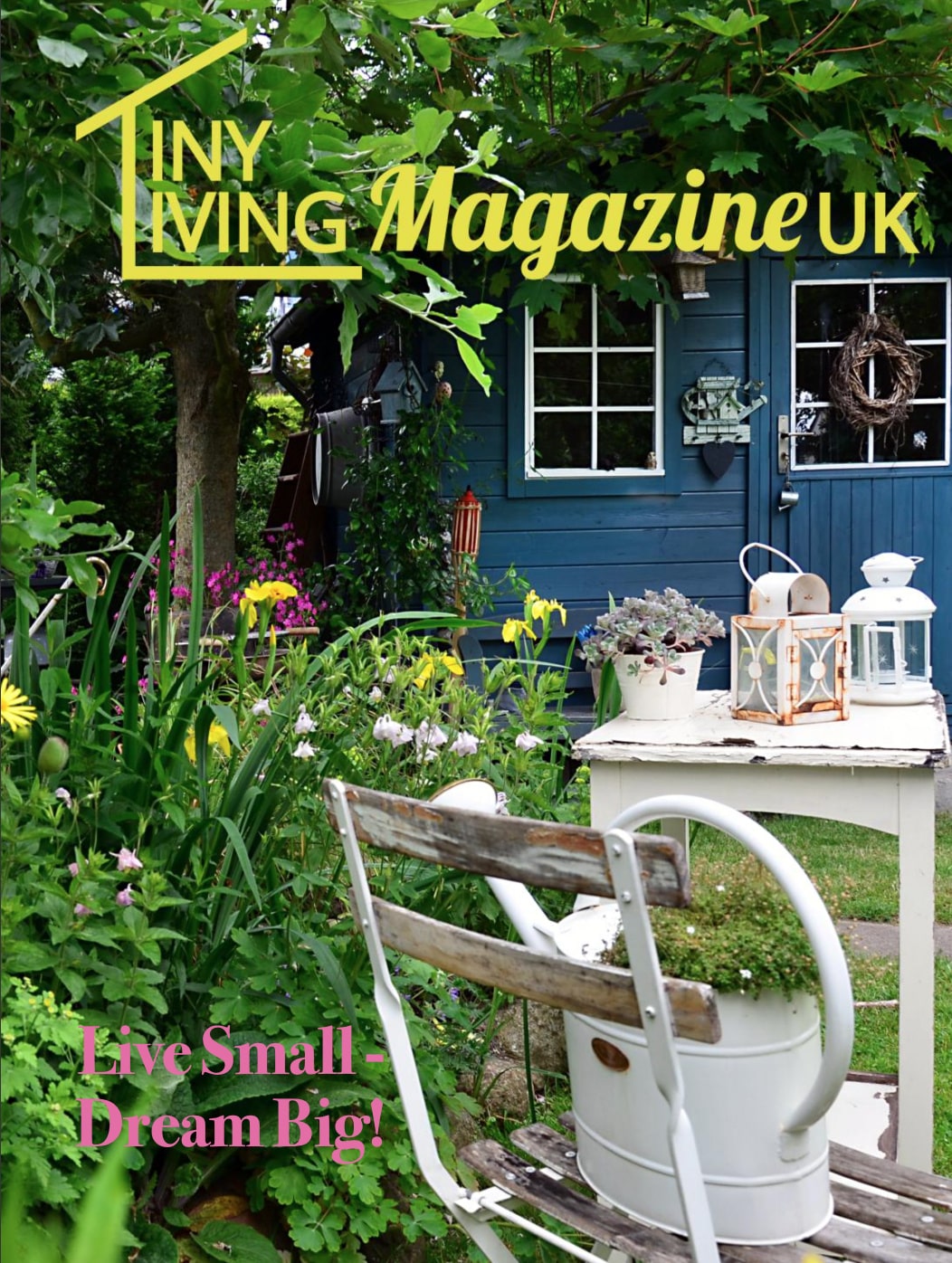
In your experience, is the downsizing movement growing in Europe?
It certainly seems to be growing in Europe.
This is not surprising since there is a more urgent lack of space in Europe than there is in the U.S.
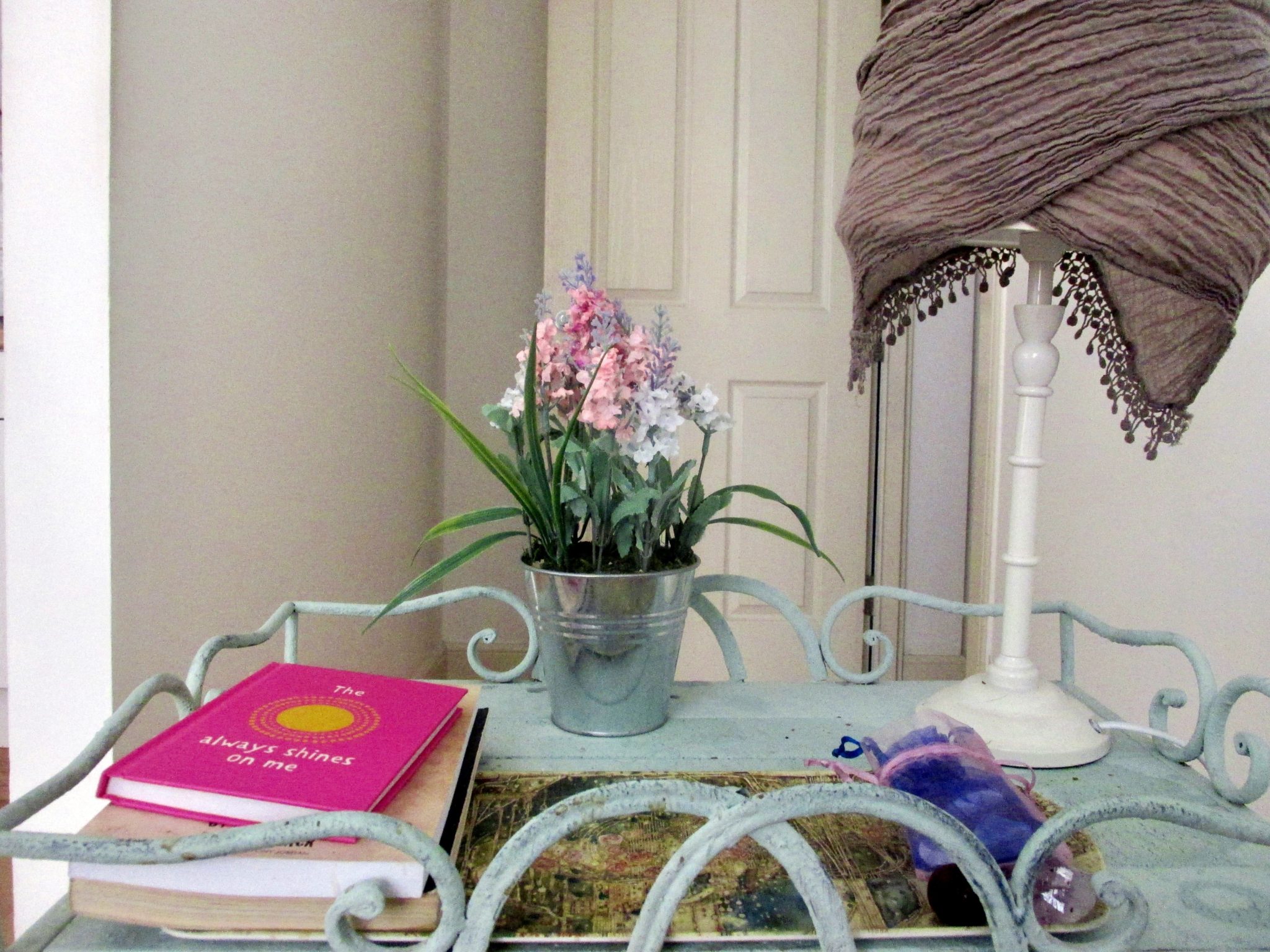
Future prognosis! : Will there be more Tiny Houses and alternative living solutions 10 years from now in Europe?
I definitely think there will be an increase in tiny houses across Europe!
It makes sense for the environment, but it also offers great peace of mind in knowing that your home is paid for, or at least that the monthly payment is very low. This ensures that if you lose your job in uncertain economic times, you will not lose your home.
People are also realizing that a lot of possessions do not necessarily equate to a lot of happiness.
Family, friends and a passion for what you create are what bring true and lasting happiness.
Best tip for someone wanting to live in a Tiny House, but not sure if it’s quite something for they would like?
There are many opportunities to try living tiny. Holiday lets that are tiny cottages are a great way to actually see what the space is like and how you respond to it.
It’s probably a good idea to try it for a least a week, however, and then maybe a couple of times to make sure that it’s for you.
A big part of it, of course, is adjusting your thinking a bit.
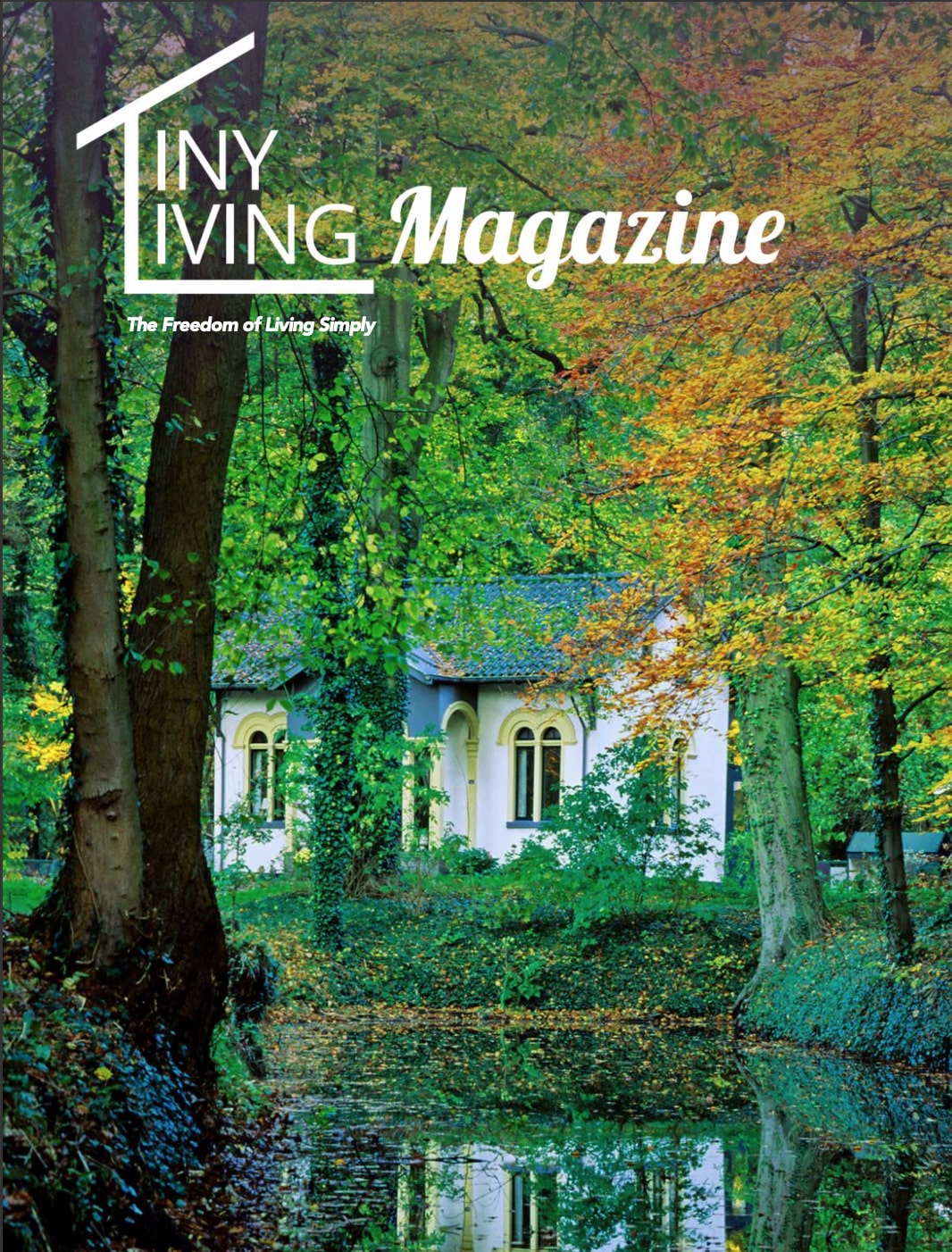
Do you recommend any events or alternative living media that a Tiny House interested individuals should check out?
There are great videos on YouTube, probably thousands, and of course I hope people draw some inspiration from Tiny Living to see real people who are living small in tiny homes, on narrowboats and in caravans.
My goal is to inspire people that it’s possible and to bring people together for encouragement.
———————————
Thanks to Pamela for sheading light on the Tiny Living movement, lifestyle and the possibilities for a Tiny House UK.
And what lovely work she is doing spreading the word on Tiny living in the UK, and maybe further around Europe at some point, who knows?!
More interviews with Tiny House owners and enthusiasts lined up.
Read more on Tiny Houses in Europe here.
